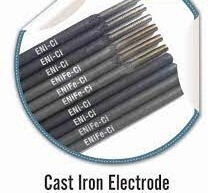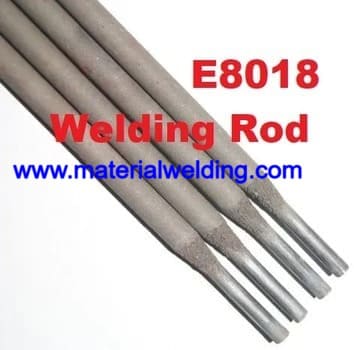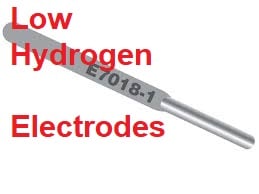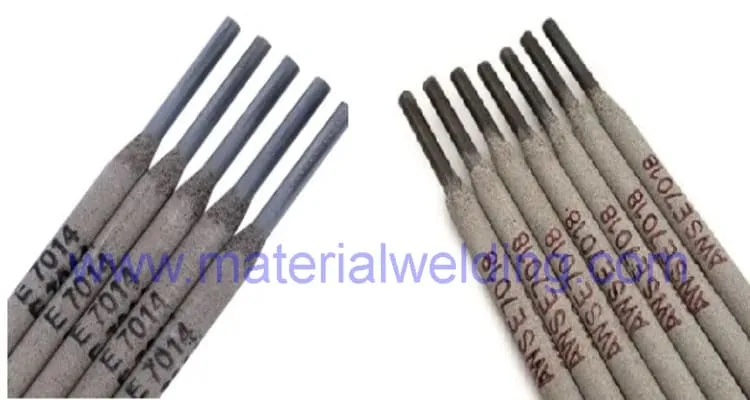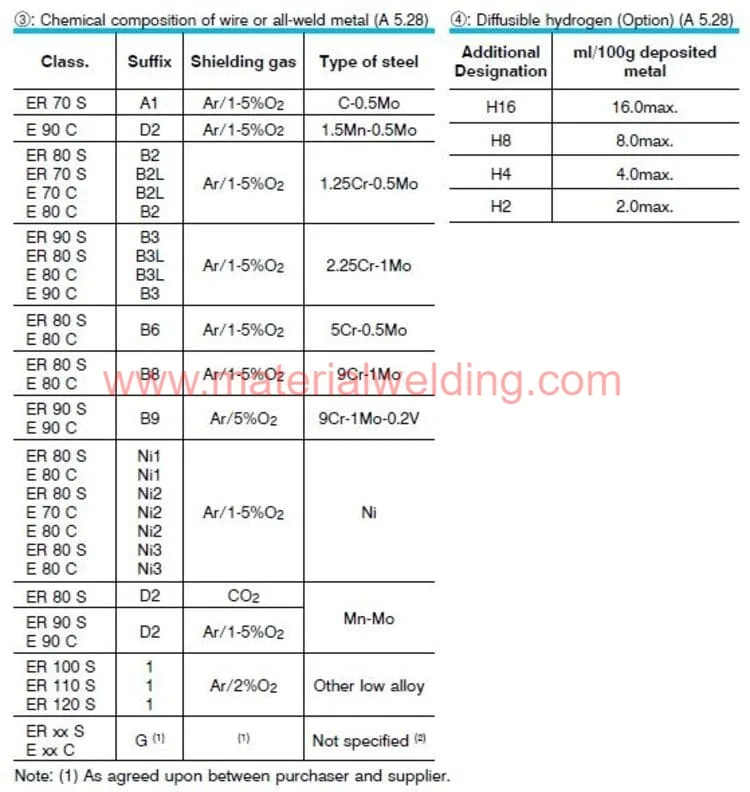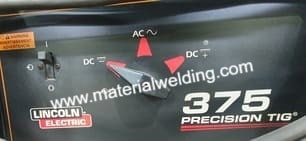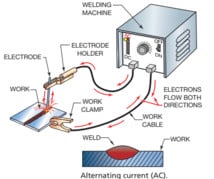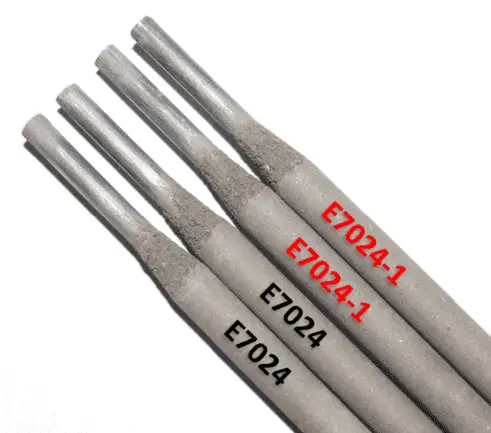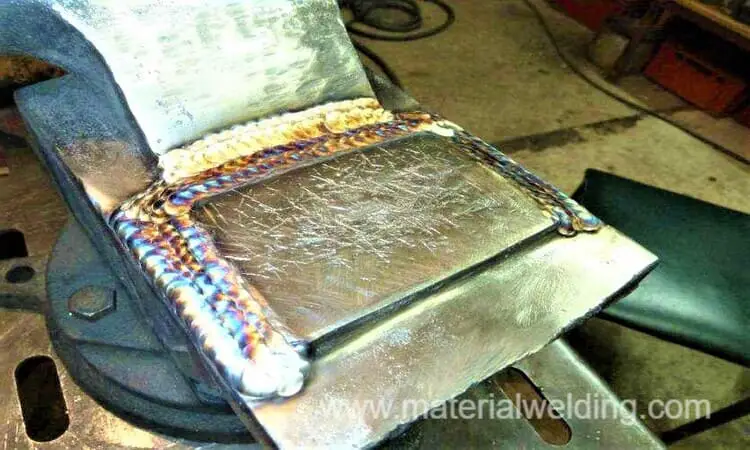Different types of Welding Rods and their uses
There are many types of welding rod types available on the market, each with their own specific purpose. The most common welding rod are the 6010, E7018, ER70S-2, ER70S-6, E71T-1, etc. which is best suited for welding mild steel, carbon steel and low alloy steel.
Based on Welding Process types, Welding rods are classified for:
- Stick Welding (SMAW) welding rod: As per AWS A5.1, 5.4, 5.5, etc. - TIG (GTAW) & MIG (GMAW) welding rods: As per AWS A5.9, 5.18, 5.28, etc. - FCAW welding rod: As per AWS A5.20. - SAW welding rods: : As per AWS A5.17.
In addition, we will discuss the selection of F-number and A-number, SFA no. and heterogeneous welding rods for application to WPS & WPQ.
Mild steel & Carbon Steel Stick Welding Rod: ideal for general purpose welding
The most common types of mild steel welding rod are E6010, E6011, E6013, E7018, E7024, and E7016. The most common type of carbon steel welding rod are E6010, E6013 and E7018.
To Understand, what type of a Welding Electrode or Rod is and what is its meaning? let’s us see this below example:
E7018 (Welding rod specification is AWS A5.1)
To illustrate the E7018 as an example:
- E: Stick Welding Electrode
- 70: Minimum tensile strength (multiply by 1,000 psi)
- 1: Welding posture (1: Electronic tax, 2: View below & Horizontal posture)
- 8: Type of electrode coating and Welding Polarity (see table below)
| E | 70 | 1 | 8 |
| Electrode | Tensile Strength | Position | Type of Coating and Current |
| Number | Type of Coating | Welding Polarity |
| 0 | Cellulose sodium | DCEP |
| 1 | Cellulose Potassium | AC or DCEP |
| 2 | Titania Sodium | AC or DCEP |
| 3 | Titania Potassium | AC, DCEP, DCEN |
| 4 | Iron Powder Titania | AC, DCEP, DCEN |
| 5 | Low Hydrogen Sodium | DCEP |
| 6 | Low Hydrogen Potassium | AC or DCEP |
| 7 | Iron Powder Low Hydrogen | AC or DCEP |
| 8 | Iron Powder Low Hydrogen | AC, DCEP, DCEN |
| E | 60 | 1 | 0 |
| Electrode | Tensile Strength | Position | Type of Coating & Current |
For the last digit (This can be any number from 0 to 8), and this number gives details about electrode coating, welding polarity and usability characteristics of the welding rod as given in above table.
Read more:
- How to Choose the Right Stick Welding Electrode and Rod Type
- E6011(E4311) Welding Electrode Meaning, Uses & specification
- E8018-B2 electrode specification and meaning
- E7024, E7024-1 Electrode Specification & its meaning
- E6013 Electrode Specification & its meaning, actual MTC
Stainless Steel Welding Rod: best for Welding Stainless Steel
When it comes to welding stainless steel, using the right welding rod is essential. Stainless steel welding rod is specifically designed for welding stainless steel, and will provide a strong, long-lasting weld.
There are different types of stainless-steel welding rod available, to suit welding of different stainless-steel grades and they are classified in AWS A5.4 specification.
The most common stainless steel Welding rod are E308L, E309L, E316L, E347L, etc.
Let us understand the Stainless-steel welding rod classification system:
E308L-16 (Welding rod specification is AWS A5.4)
To illustrate, let us see E308-16 as an example:
- E: Electrode
- 308: AISI standard
- L: Low carbon
- 16: Welding rod usability characteristics (15: Lime coating DCEP, 16: Lime and/or Titania AC, DCEP), See below table for details taken from AWS A5.4 electrode specification.
| E | 308 | L | 16 |
| Electrode | AISI Steel designation | Low carbon | Usabilty Characteristics |

Read more:
TIG (GTAW) and MIG (GMAW) Welding Rods/ Filler wires
TIG and MIG welding are two of the most popular methods for joining metals. TIG and MIG Welding uses solid filler wires for welding TIG wires comes in straight wire of 1 meter length, while the mig wire is in a wire spool form.
Most common TIG, MIG wire for carbon steel welding are ER70S-2 & ER70S-6 and for stainless steel is ER308L.
Below examples explains the meaning of ER70S-2 TIG-MIG Welding wire Classification:
ER70S-2 (Wire rod specification is AWS A5.18)
- ER: Bare Electrode
- 70: Minimum tensile strength ( x 1,000 psi)
- S: Solid wire
- 2: Chemical composition (Refer below tables for meaning of different number at this position of electrode classification).
| ER | 70 | S | 2 |
| Bare Electrode | Minimum tensile strength | Solid wire | Chemical composition |
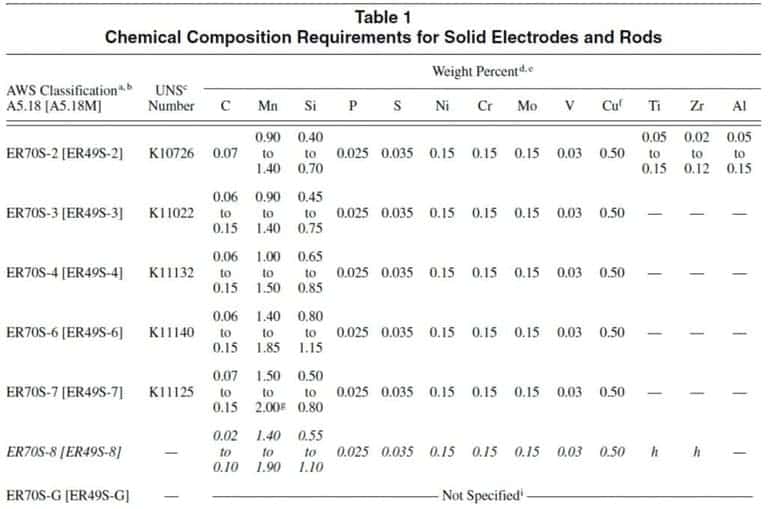
Read More:
- ER70S-2 TIG MIG Filler Wire Rod
- ER70S-6 welding wire MTC, specification, chemical-mechanical properties
Below examples explains the meaning of ER308L TIG-MIG Welding wire Classification:
- ER308L (Wire rod specification is AWS A5.9)
- E: Bare Electrode
- 308: AISI standard Number (Refer AWS A5.9, Table: 1 for complete chemical properties under this number).
- L: low carbon
FCAW Welding rod for/ Filler Wire for Mild Steel & Carbon Steel Welding
The FCAW wire is a cored wire that is filled with flux internally & comes in a wire spool form. Flux cored wire is used for welding in many different industries because it provides good weldability, high deposition rates, and low costs.
The most common type of FCAW wire is the Example E71T-1C. This wire is made of a low carbon steel that is coated with a flux-cored material.
The E71T-1C wire is used in welding applications where the welder needs to have good control over the weld pool and the weld bead.
Below examples explains the meaning of E71-T1C FCAW wire Classification:
E71T1-C (Wire rod specification is AWS A5.20)
- E: Electrode
- 7: Minimum tensile strength ( x 10,000 psi)
- 1: Position (0: flat, 1: all position),
- T: Flux cored wire (tube)
- 1: Usage and function (see below example)
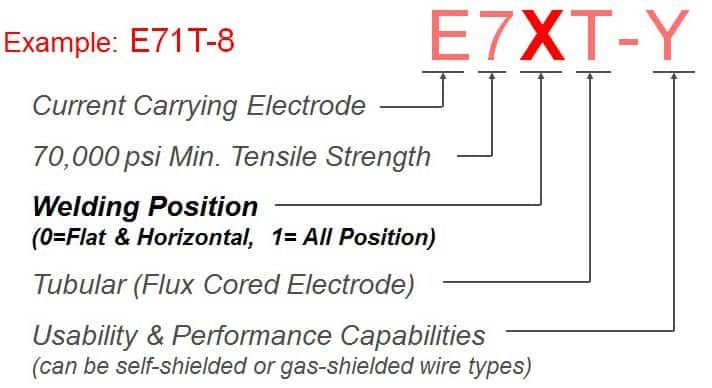
Read More: What is E71T-1CH4 flux core wire specification- meaning?
Aluminum welding rod: perfect for welding aluminum
Aluminum welding rod is a popular choice for many welders. It is available in different classification, two most common used aluminum TIG-MIG wires areER4043 and ER5356.
Both ER4043 and ER5356 aluminum welding rods are available in a variety of diameters and lengths to suit your specific needs.
Let us see example of ER4043 Welding rod. Here,
- ER: Solid welding rod
- 4043: Chemistry of the welding wire (Refer below table for detailed chemistry of various aluminum tig-mig welding wire as per AWS A5.10: Table-1.
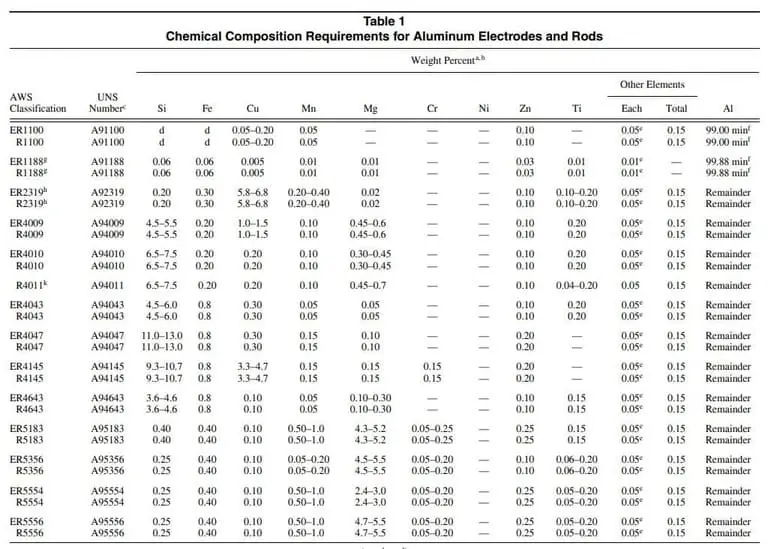
ER4043 TIG & MIG Filler Wire Welding Rod
ER4043 is a general-purpose filler alloy used on welding and brazing that is commonly used in alloys as a filler or to prevent weld cracking.
The addition of silicon results in a wetted alloy, resulting in optimal wetting action by welders. The alloy is insensitive to weld cracking and produces a bright, nearly scan-free weld. It is not suitable for use in anodizing. ER4043 weld deposit are Non-heat treatable.
ER4043 is used with Direct Current Electrode Positive (DCEP) Polarity. It is used for welding of most 4XXX, & 6XXX series aluminum.
ER5356 TIG & MIG Filler Wire Welding Rod
ER5356 is among the most frequently used aluminum welding filler wire rod for TIG & MIG Welding and can be categorized as a general-purpose filler alloy.
ER 5356 is ordinarily chosen because of its moderately high shear strength which is crucial for fillet weld joints.
The 5XXX base material, welded with ER5356, with a weld pool of more than 3% magnesium and operating temperatures of more than 65 degrees Celsius, is vulnerable to stress corrosion cracking.
ER5356 weld metal are non-heat treatable, which means their properties can not be altered by heat treatment.
ER5356 is used with Direct Current Electrode Positive (DCEP) or Reverse polarity with TIG & MIG Welding. The wire specification for ER5356 is AWS A5.10.
Read More:
- ER4043 TIG-MIG Welding Wire: Specification, properties, Uses
- Aluminum Welding Rods-How to Choose the Right One
Cast iron welding rod: used for repairing cast iron
Cast iron welding rod is a type of welding rod that is used to weld cast iron. It is made of a mixture of nickel and iron, and is coated with a flux.
The ENiFe-CI (nickel-iron) cast iron welding rod is the most common type of cast iron welding rod. It is used to weld all grades of cast iron, including gray iron, ductile iron, malleable iron, and white irons.
Stick welding or SMAW welding of cast irons is done using Nickel 99 (AWS A5.15 ENi-Cl), and Nickel 55 (AWS A5.15 ENiFe-Cl) welding rods.
These electrodes are having high nickel content to offer good solubility for high carbon and give a ductile weld to absorb weld stresses which otherwise could crack the cast iron.
Read more:
- Types of Cast Irons, Identification & their Welding
- How to Choose the Right Stick Welding Electrode and Rod Type
